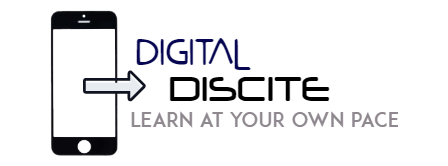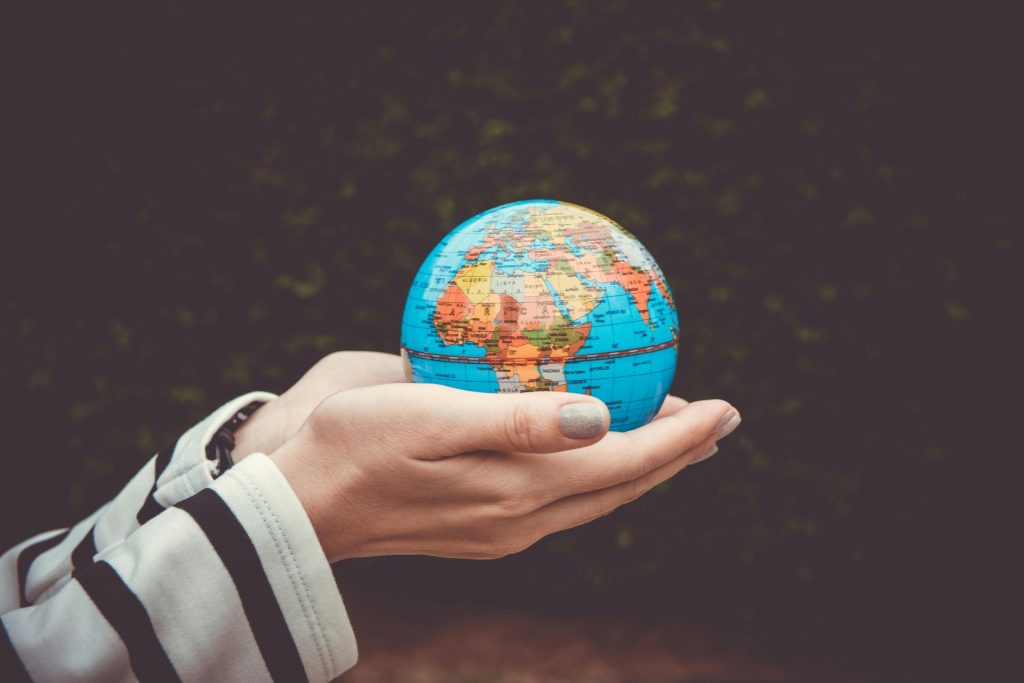What are the key theoretical perspectives of non-Western approaches to understand the nature and evolution of world politics, and how do they complement or challenge traditional Western paradigms?
When studying international relations, most students are introduced to theories developed primarily in the West—realism, liberalism, and constructivism, among others. While these paradigms offer valuable insights, they don’t fully capture the diverse worldviews and historical experiences of the Global South. That’s where the key theoretical perspectives of non-Western approaches come in.
These perspectives offer unique frameworks rooted in cultural, philosophical, and historical traditions from Asia, Africa, Latin America, and the Middle East. They enrich our understanding of how global politics evolve and operate, offering alternative views that either complement or challenge traditional Western paradigms.
1. Tianxia: The Chinese Vision of Global Order
One of the most cited non-Western theoretical perspectives is Tianxia, a concept derived from ancient Chinese political philosophy. Meaning “All Under Heaven,” Tianxia proposes a world order based on moral leadership, hierarchical harmony, and cultural unity rather than conflict and competition.
Unlike Western realism, which assumes international anarchy and power struggles, Tianxia envisions a world led by a central, morally upright authority that maintains peace through virtue and shared values. This model challenges the Western idea of sovereign equality and instead focuses on relational power and mutual responsibility.
2. Islamic Perspectives on International Relations
Islamic theories of world politics are rooted in the Quran, Hadith, and Islamic jurisprudence. These perspectives emphasize justice (adl), compassion, unity (ummah), and ethical conduct in both domestic and international affairs.
A key idea is that the purpose of politics isn’t just maintaining order or gaining power—it’s about upholding moral values and serving the community. This challenges secular Western IR theories that separate religion from politics and often neglect spiritual or ethical considerations in diplomacy and governance.
3. Ubuntu and African Communitarian Approaches
In many African societies, the philosophy of Ubuntu—”I am because we are”—serves as the foundation of political thinking. This perspective emphasizes interconnectedness, communal well-being, and reconciliation over individualism and confrontation.
African international relations scholars have used Ubuntu to argue for more cooperative diplomacy, conflict resolution through dialogue, and holistic security strategies that address both human and environmental needs. This directly complements and, at times, challenges the adversarial and state-centric models prevalent in Western theory.
4. Postcolonial and Subaltern Perspectives
Postcolonial theory, developed by scholars like Edward Said and Gayatri Spivak, focuses on how colonialism and imperialism have shaped global political structures and academic knowledge. This approach critiques the Western domination of international relations and calls for the inclusion of marginalized voices.
Subaltern studies go a step further by examining the experiences of those left out of the historical record—peasants, women, indigenous groups, and others who were silenced by dominant powers. These perspectives push for a decolonized, more inclusive understanding of world politics.
5. Dependency Theory and Latin American Structuralism
Developed primarily by Latin American thinkers like Raúl Prebisch and Andre Gunder Frank, dependency theory argues that global capitalism inherently favors wealthy nations while keeping poorer ones in a state of economic dependence.
Unlike liberalism, which assumes free markets benefit all, this non-Western theoretical perspective reveals how global structures perpetuate inequality. It also critiques the Western notion of development by showing how some nations remain trapped in poverty due to historical exploitation.
How Non-Western Theories Complement or Challenge Western Paradigms
The key theoretical perspectives of non-Western approaches bring several benefits to the field of international relations:
- Broadened understanding: They add depth by incorporating culture, religion, ethics, and historical context.
- Pluralism in theory: These approaches encourage theoretical diversity, promoting multiple ways of understanding the world.
- Challenge to dominance: They expose the limitations and biases of Western-centric theories and propose alternative models of power, cooperation, and governance.
- Real-world relevance: Many non-Western theories are deeply connected to lived experiences in the Global South, making them practical for analyzing current global challenges like postcolonial conflicts, humanitarian crises, and development issues.
Conclusion
Incorporating the key theoretical perspectives of non-Western approaches is essential for building a more inclusive and accurate field of international relations. These frameworks don’t just add diversity for diversity’s sake—they offer meaningful critiques and solutions that reflect the real dynamics of a multipolar world.
As global power shifts and new actors rise, it’s more important than ever to understand the world through multiple lenses. Embracing non-Western perspectives in world politics helps scholars, policymakers, and students alike navigate a more complex and interconnected global order.




